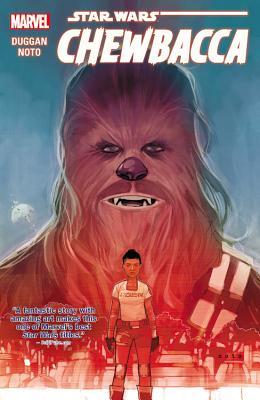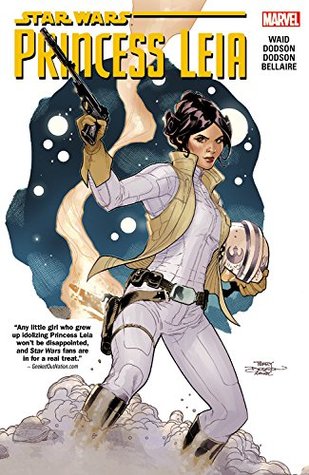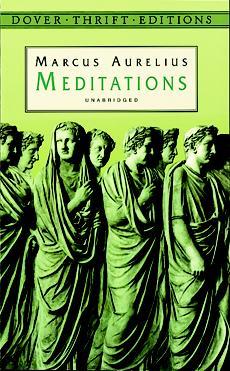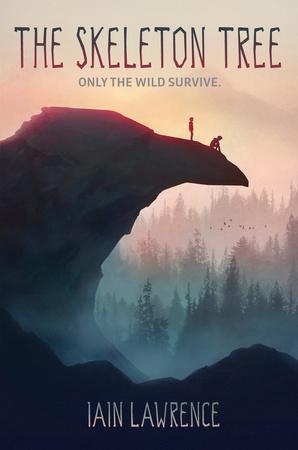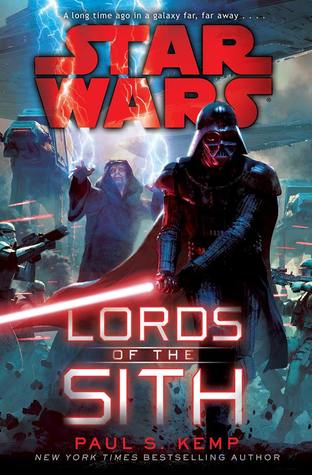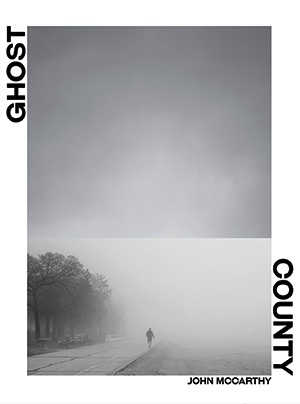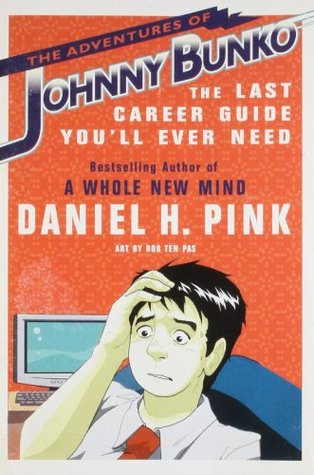Midwestern Gothic Issue 23 (Fall 2016)
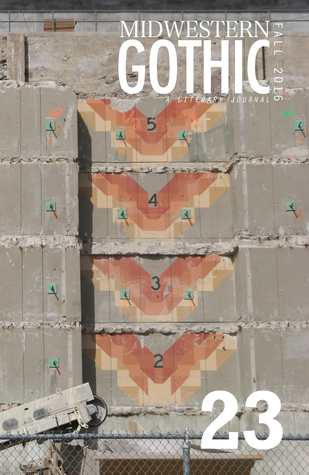 It’s that time of year, when Midwestern Gothic goes all nonfiction for an entire issue. It’s flooded from cover to cover with essays and creative nonfiction inspired by the Midwest.
It’s that time of year, when Midwestern Gothic goes all nonfiction for an entire issue. It’s flooded from cover to cover with essays and creative nonfiction inspired by the Midwest.
This time around, it’s a little more unique. It’s our last quarterly issue! Next year, we’re going semi-annual, and also featuring nonfiction in every edition of the journal. We’re super excited to be able to share some amazing nonfiction work on a more regular basis, and also a little nostalgic at the change. The magazine has looked a certain way and come out on a certain schedule for over five years. But now we’ll be able to share the beauty of the Midwest in new ways, and also create more room for MG Press titles, which we’re also super geeked about.
To commemorate the event, I’ll share an excerpt from one of my favorites from Issue 23, “Off Trail” by Dave Essinger, about a Midwesterner doing a trail run in the Montana Rockies.
The end-all be-all goal for the typical road marathoner is the Boston Marathon, and that summer I was training obsessively to qualify, because it’s the one big marathon you can’t just sign up for. For decades Boston has been limited to those who meet tough age-based qualifying times at another marathon, and I needed to take a good twelve minutes off my previous best time to make the cut. I’d started a very aggressive training plan; Alice was already easily qualified by the women’s standard, and I was determined not to have to navigate our daughter’s stroller through the epic Boston crowds of spectators while Mommy ran the race.
Twenty miles of treacherous trail was no part whatsoever of this training plan. So what exactly was I doing on this trail, on this mountain, a thousand miles from home, with an ankle growing plumper and more purple by the minute? A road-runner perilously far from any road? What part of me had thought this would be a good idea, or a fun thing to do?
Trying to answer takes me back at least ten years. I had lived in Bozeman, more by circumstance than by design, for a few months after college, and had heard of this “insane race over the mountain, that’s like fifteen miles, and everyone who finishes is just all beat up, as in, bleeding everywhere.” Naturally, my reaction then was, I want to do that, but being in rotten physical shape at the time (college the way I attended it will do that to you), and not suicidal or at least not that energetically so, I thought nothing more of it then.
